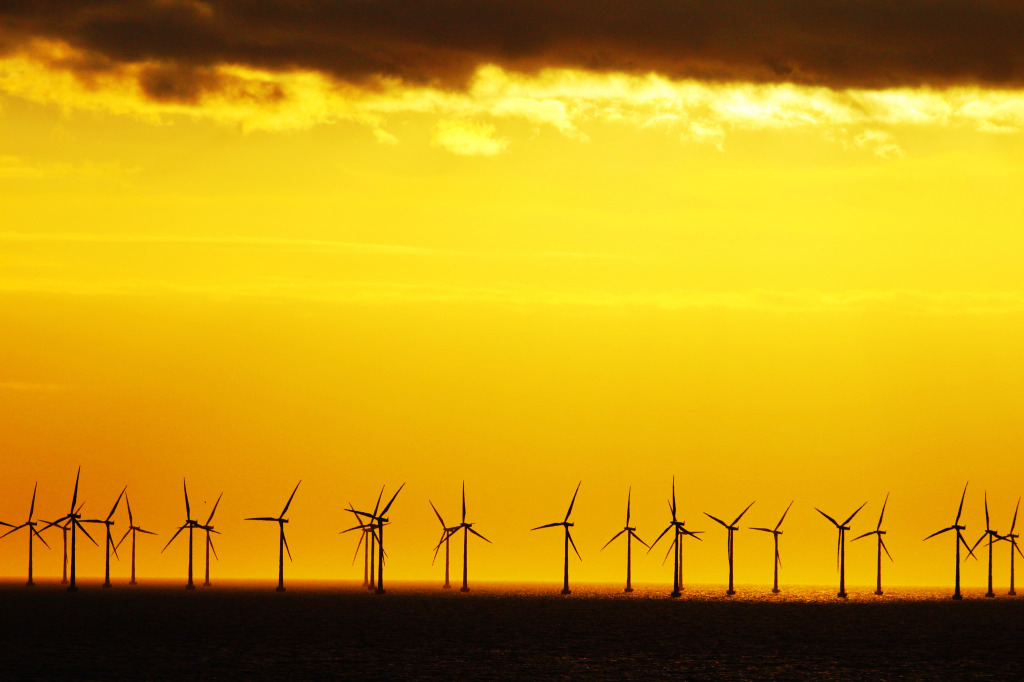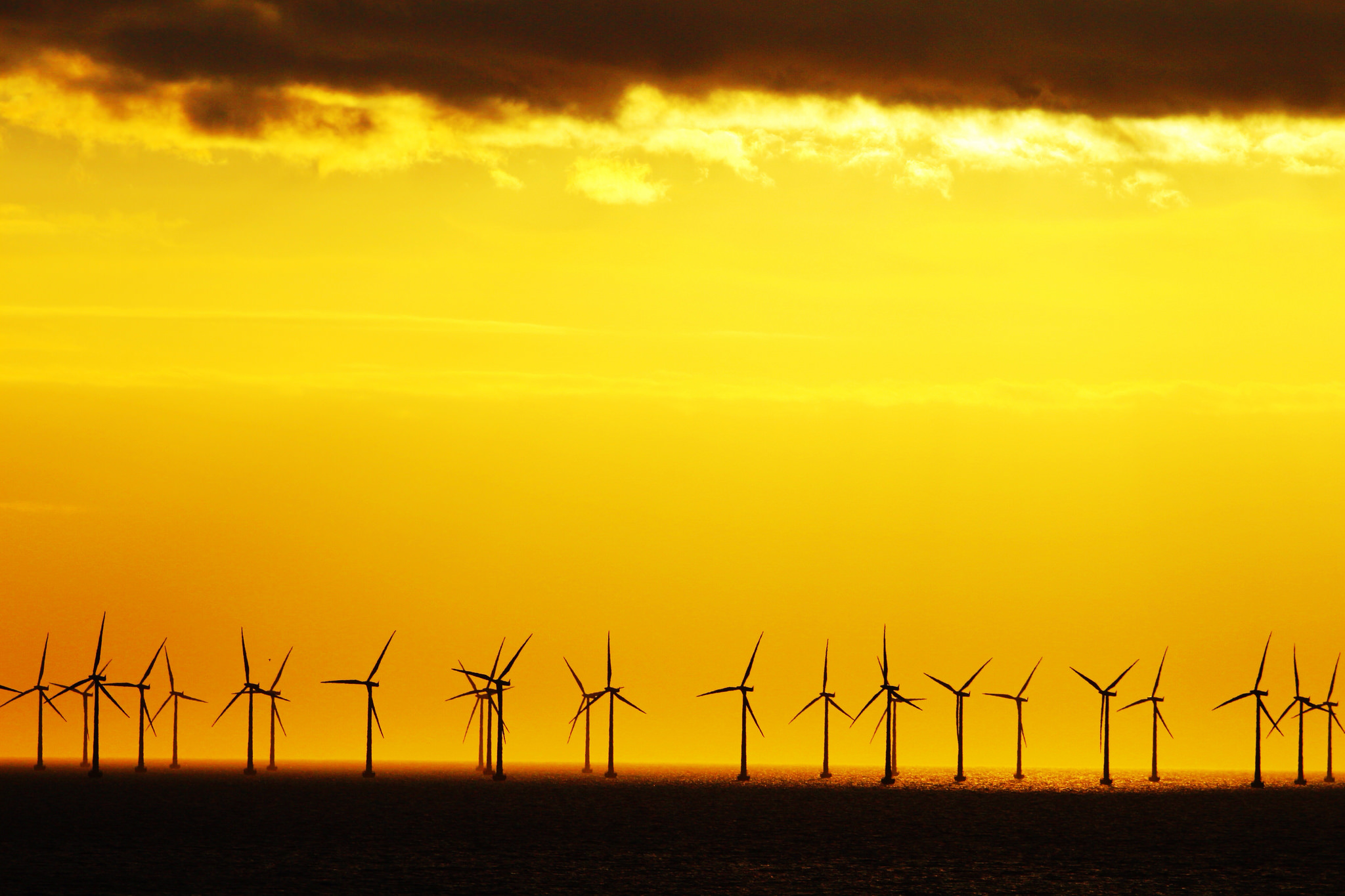
Wind power is getting cheaper all the time and wind farms are getting bigger. In southeast Wyoming, there is a plan to build a 2.1 gigawatt wind farm, the largest yet in the US. California, which has mandated that at least 1/3 of its power come from renewable sources, represents a huge market for the output of the wind farm.
But wind power is intermittent and can’t be called up on demand. So to get the most out the farm, a way to store its energy is needed. Duke-American Transmission and three other companies have formed a partnership to build the world’s largest compressed air energy storage facility.
They have identified a site near Delta, Utah where four large caverns would be carved out of an underground salt deposit and used to hold huge volumes of compressed air. Electricity from the wind farm would be used to pump air into the caverns when power demand is low and wind is high – typically at night. When electric demand is up, the compressed air would drive turbines to generate power for the California market.
Compressed air energy storage is not a new technology, but it has never been attempted at this scale before. The salt caverns would each be 1,300 feet deep and 290 feet wide and would hold enough air to generate 60,000 megawatt-hours of electricity.
Magnum Energy, another one of the partners, expects to begin excavating the caverns in 2016. With wind power getting cheaper all the time, the economics of the $1.5 billion project look better all the time.
**********
.
Web Links
$8-billion green energy initiative proposed for Los Angeles
Photo, posted February 9, 2014, courtesy of Hakan Dalhstrom via Flickr.
.
Earth Wise is a production of WAMC Northeast Public Radio.
